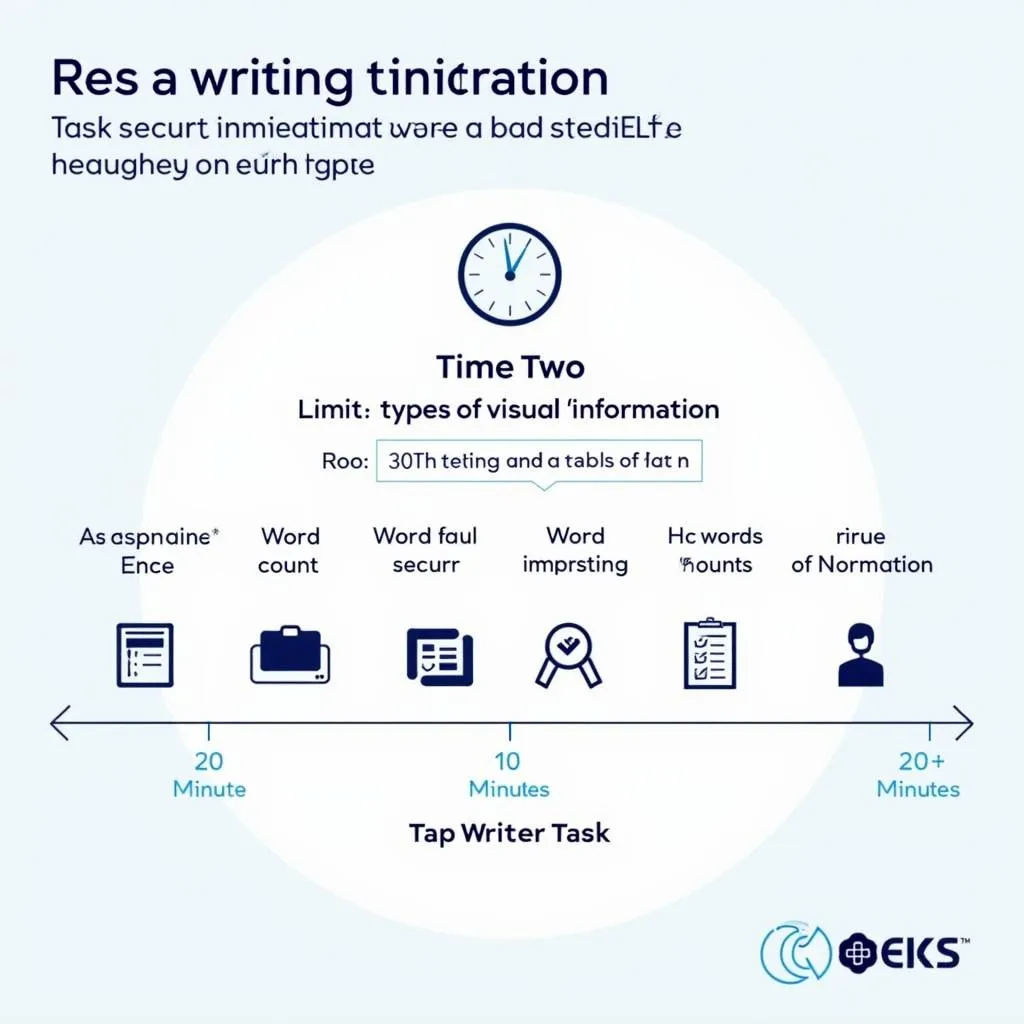Understanding IELTS Writing Task 1
IELTS Writing Task 1 is a crucial component of the Academic IELTS exam, requiring candidates to describe, summarize, or explain visual information presented in graphs, charts, tables, maps, or diagrams. This task assesses your ability to identify key features, compare data, and present a clear, coherent response within 20 minutes.
The Importance of Task 1 Response Skills
Developing strong Task 1 response skills is essential for achieving a high band score in IELTS Writing. These skills not only help you succeed in the exam but also enhance your ability to interpret and communicate complex information effectively in academic and professional settings.

Essential Tips for IELTS Writing Task 1 Success
1. Analyze the Visual Information Carefully
Before you start writing, spend 2-3 minutes examining the visual data. Identify the main trends, significant features, and any notable comparisons or contrasts. This initial analysis will form the foundation of your response.
Key steps:
- Understand the type of visual (graph, chart, table, map, or diagram)
- Identify the time period or categories represented
- Note the units of measurement
- Look for highest and lowest values
- Identify overall trends or patterns
2. Plan Your Response Structure
Organizing your ideas before writing ensures a coherent and well-structured response. A typical Task 1 answer should include:
- Introduction: Paraphrase the question and provide an overview
- Body Paragraph 1: Describe main features or trends
- Body Paragraph 2: Provide specific details and comparisons
- (Optional) Conclusion: Summarize key points if time allows
3. Write a Clear and Concise Introduction
Your introduction should:
- Paraphrase the question, avoiding direct repetition
- Provide a brief overview of the main features or trends
Example:
“The line graph illustrates changes in the number of international students studying in different countries over a 30-year period. Overall, there was a significant increase in international student numbers across all countries, with the USA consistently attracting the highest number of students throughout the period.”
4. Use Appropriate Language for Data Description
Employ a variety of language structures to describe data accurately:
- Comparatives and superlatives: “higher than,” “the highest”
- Percentage and fraction phrases: “a quarter of,” “50% more than”
- Trend vocabulary: “increased steadily,” “fluctuated,” “peaked”
- Approximate language: “approximately,” “roughly,” “just over”
5. Focus on Key Features and Significant Data
Prioritize the most important information in your response:
- Identify overall trends or patterns
- Highlight significant highs and lows
- Compare and contrast data where relevant
- Avoid describing every single data point
6. Use Clear Paragraphing and Cohesive Devices
Organize your response into clear paragraphs and use cohesive devices to enhance readability:
- Sequencing words: “Firstly,” “Secondly,” “Finally”
- Contrast markers: “However,” “In contrast,” “On the other hand”
- Addition phrases: “Furthermore,” “Moreover,” “In addition”
- Concluding expressions: “In conclusion,” “To summarize”
7. Practice Time Management
With only 20 minutes available, efficient time management is crucial:
- Spend 2-3 minutes analyzing and planning
- Allow 15 minutes for writing
- Reserve 2-3 minutes for review and editing
Regularly practice writing Task 1 responses under timed conditions to improve your speed and efficiency.
8. Aim for 150-180 Words
While the minimum word count is 150, aim for 150-180 words to ensure you’ve provided sufficient detail without overwriting. Practice counting your words to develop an intuitive sense of length.
9. Develop Your Own Data Interpretation Skills
Enhance your ability to interpret visual data:
- Study a variety of charts, graphs, and diagrams regularly
- Practice describing trends and patterns in everyday life
- Read economic and scientific articles that include data visualization
10. Review and Proofread Your Response
If time allows, quickly review your response:
- Check for grammar and spelling errors
- Ensure you’ve covered all key information
- Verify that your response is coherent and well-structured
Common Mistakes to Avoid
- Copying data verbatim from the visual
- Including personal opinions or speculations
- Writing too much or too little
- Neglecting to provide an overview
- Using informal language or contractions
By following these tips and practicing regularly, you can significantly improve your IELTS Writing Task 1 performance. Remember, the key to success lies in accurate data interpretation, clear organization, and concise, appropriate language use.